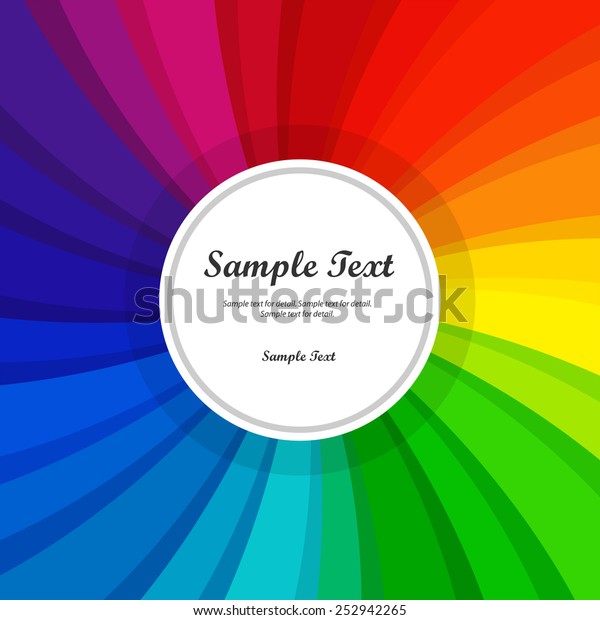


Choose the next major colour in the spectrum for each one. Choose the next colour along in the colour spectrum.Ĭhange the fill colour for each of the remaining words. Select the second object and change the fill colour in the Appearance panel. Repeat the CMD+D Transform Again command a few more times to create 5 elements in total, all stacked an equal distance apart. Go to Object > Transform > Transform Again, or use the CMD+D (or CTRL+D on Windows shortcut) to repeat the duplication to place another copy the same distance again. Position this copy around halfway down the orginal. With the Move tool active, hold the ALT and Shift keys while dragging the text to create a duplicate. In order to place one extra copy of the text at the top of the rainbow stack, save a copy to the clipboard under the Edit > Copy menu. Instead, click the menu icon at the top of the Appearance panel and choose Add New Fill. Once the text is contained within a symbol, it can’t be selected to change the fill like normal. Click the New Symbol icon in the Symbols panel.
RAINBOW FONT BOX UPDATE
The key to ensuring the text can be edited without having to manually update every single text instance is to turn the element into a Symbol. I’m using the Proxima Nova Black typeface. Set out your chosen wording as a text element with the appropriate font styling. Use any size to suit your final application, but ensure the RGB mode is set so the most vivid colours are available. The process I’ll be sharing in this tutorial automatically generates a smooth colour transition and retains the live text, so the wording and font can be easily changed.īegin by opening Adobe Illustrator and create a new document. After seeing examples of similar retro text effects on Pinterest, I set out to figure out the most efficient technique for recreating this colourful text style in Illustrator that didn’t involve having to place each coloured text element manually, or result in an effect that could not easily be edited or updated.


 0 kommentar(er)
0 kommentar(er)
